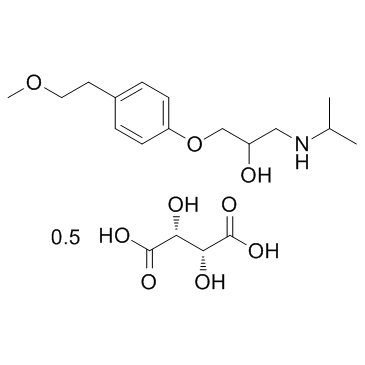| Structure | Name/CAS No. | Articles |
|---|---|---|
 |
polymethacrylate
CAS:25086-15-1 |
|
 |
Zirconyl chloride octahydrate
CAS:13520-92-8 |
|
 |
Metoprolol Tartrate
CAS:56392-17-7 |